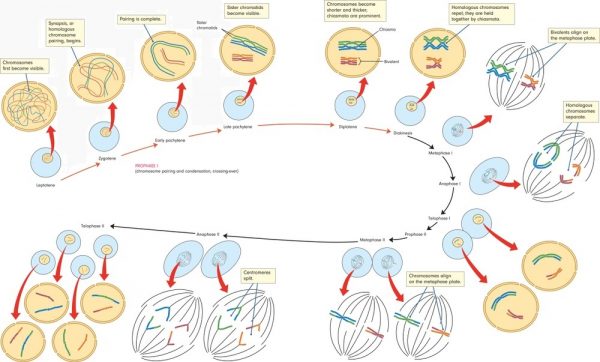

The position of mitotic spindle is genetically controlled. Hence such cells divide mitotically continuously without any control resulting in abnormal tissue growth.ģ. The genetic control is lost in somatic cells which become cancerous. This difference in the mitotic division is also due to genetic control at two different stages. For example, somatic cell of an embryo can undergo a larger number of mitotic divisions than a somatic cell of an adult. Some cells divide more frequently than others. This indicates that on and off mechanism must be genetically controlled.Ģ. They sometimes divide and sometimes do not divide. In eukaryotes, under similar environmental conditions, cells do not divide continuously. Important evidences in this connection are given below:ġ. The mitotic cell division is under genetic control in all eukaryotes under normal conditions. This results in division of cytoplasm into two daughter cells (Fig. In animals, the separation of cytoplasm starts by furrowing of plasma lemma in the equatorial region. The formation of such plate begins in the centre of cell, which moves towards periphery in both sides dividing the cytoplasm into two daughter cells. The nuclear membrane and nucleolus disappear at the end of prophase. The two chromatids of each chromosome held at centromere are visible under light microscope. In the late prophase, chromosomes appear more conspicuous, short and thick and longitudinally double (Fig. 3.2B), but become shortened, coiled and more distinct during mid-prophase (Fig 3.2C). Chromosomes look like thin thread and uncoiled in the early prophase (Fig. Prophase starts immediately after G 2 stage of interphase. The M phase consists of four stages, viz., 1. Thus, the daughter nuclei have the same chromosome combination as that of parent nucleus. The M phase lead to separation of replicated DNA into two daughter nuclei without recombination. However, time required for completion of all these stages differs from species to species. This phase also takes 12 hours in Vicia faba. Protein and RNA syntheses occur during this stage. G 2: This is the post-DNA replication phase. The chromosome and DNA replications take place during this phase. Protein and RNA syntheses take place during this phase. This is the longest phase which takes 12 hours in Vicia faba (Fig. Thus, this a phase between telophase and S phase. G 1 is the resting phase, S is the period of DNA replication and G 2 again is a resting stage after DNA replication.Ī brief description of G 1, S and G 2 is given below: Interphase consists of G 1, S and G 2 sub phases. The time required for completion of cell cycle differs from species to species (Table 3.1). Interphase is generally known as DNA synthesis phase and mitotic phase refers to the period of nuclear division. A cell cycle consists of two phases, viz. The period in which one cycle of cell division is completed is called cell cycle. Segregation and recombination do not take place during mitosis.


 0 kommentar(er)
0 kommentar(er)
